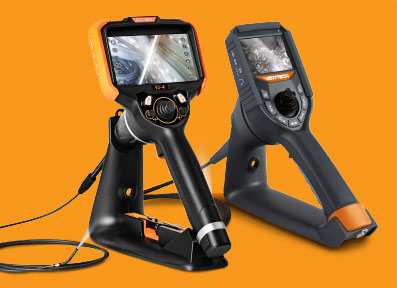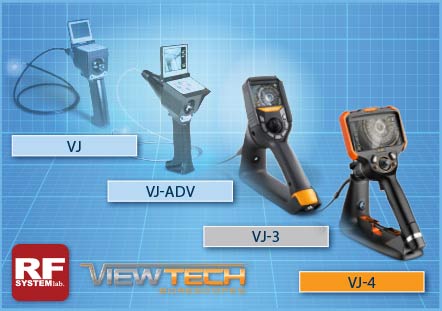What Is a Borescope?
A Borescope is an instrument used to inspect the inside of a structure through a small hole.
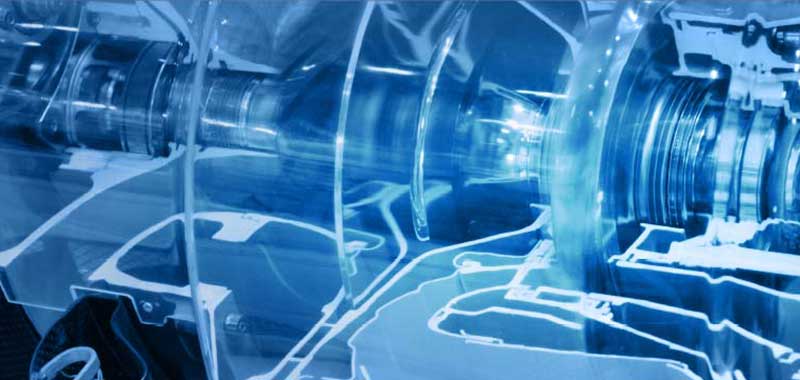
Industrial Borescopes
Industrial borescopes allow for remote visual inspections (RVI) in areas where it is difficult or impossible for the human eye to see into directly. However, the term “borescope” has become a generic term to describe four types of products/technologies used for internal inspections. While there are key differences between these inspection cameras, the earliest RVI product was called a “borescope” – the name stuck even as new technologies were developed.
Borescopes serve a multitude of applications including aviation, aerospace, sanitation, automotive, weaponry, metal casting, law enforcement, electronics, refining, and power generation. In order to accommodate a variety of industries, borescopes vary in length, diameter, and functionality. To answer the question “What is a Borescope?”, let’s take an in-depth look at each type of borescope.
Rigid Borescopes
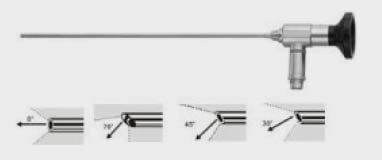
Rigid borescopes, still used for gun barrel or borehole inspections today, are ideal for applications that require only straight-line access to an inspection target. Rigid borescopes are simple tubes shaped like long, thin telescopes that use a lens system to send an image to a relay lens from the object to be viewed in real-time. This is accomplished with an eyepiece on the proximal (near) end and an angled mirror pointed toward an opening in the tube on the distal (far) end.
While rigid scopes have excellent image quality, they are limited to only accessing internal parts that can be viewed in a direct, straight line. In addition to gun barrels, they are often the best option for very small bore, straight pipe, or small part inspection, but do not work well for viewing inside objects with irregular internal cavities.
Semi-Rigid Scopes
A step up from rigid borescopes, semi-rigid borescopes are bendable and best for confined spaces that do not offer room for articulation. Semi-Rigid borescopes are more forgiving and durable than the rigid borescope, which is mainly due to technological progressions and their ability to bend. However, they are known for having a poorer image quality than other types of borescopes, which may deter companies requiring high-resolution image viewing.
Some of these semi-rigid scopes are also classified as fiberscopes, which are offered in semi-rigid and articulating forms. The image will suffer from pixelation; the viewing screen and photos will display tiny black dots caused by the broken pixels. Once the strands start to break down, there is no repairing them and the entire unit will have to be replaced.
The best way to ensure the VJ-3 mechanical articulating borescope is the right choice for your company is to try the borescope for free at your facility.
Fiberscopes
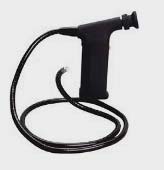
One of the main advantages of fiberscopes over rigid borescopes is that fiberscopes are flexible and can be used for inspections in which straight-line access is not available. While some fiberscopes are also classified as “semi-rigid”, fiberscopes are also available with articulation. Articulation in a borescope means that the distal two inches or so of the scope’s insertion tube can be pointed in any direction, usually by means of control knobs located at the proximal end. In other words, the first few inches of the inspection tool that get inserted into the object are steerable or “controllable” by mechanisms on the unit that is closest to the inspection technician.
Articulating fiberscopes are the closest option to video borescopes in terms of quality and aptitude. However, there are some downsides to fiberscopes. Many of the low-cost fiberscopes, carried by auto parts stores, for example, use elastic fibers instead of glass fibers. The image quality for these scopes varies among different models depending on the number of fibers. For fiberscopes, transparency of the fibers directly relates to image quality. IE: Looking through a plastic drinking glass would be more difficult than looking through a glass one.
Another disadvantage of fiberscopes is that if any of the fiber strands break from rough articulation or simple overuse, the image will suffer from pixelation; the viewing screen and photos will display tiny black dots caused by the broken pixels. Once the strands start to break down, there is no repairing them and the entire unit will have to be replaced.
Video Borescopes or Videoscopes
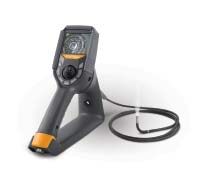
High-quality image and video capture make videoscopes a valuable tool in numerous industrial and commercial applications, especially for repair and routine maintenance inspections. They are commonly used in the remote visual inspection of engines, turbines, boiler systems, power plant equipment, industrial equipment, structures, and law enforcement situations.
Like the different types of borescopes, videoscopes are not one-size-fits-all. The most common characteristics that determine which model is best for a particular application include articulation, image quality, portability, weight, required power source, visual display clarity, image or video capture capabilities, insertion tube length, and illumination. Typical RVI applications require a lightweight, portable borescope that does not require a “plug-in” power source. Other features usually sought after by maintenance professionals are one-hand operation, crystal clear images and videos, and an ability to “steer” the borescope camera. Any borescope that can be “steered” is known as an articulating borescope.
Costs for high-end video borescopes can range from about $8,000 to $50,000 depending upon manufacturer, configuration options, and specifications. While the cost might seem high to some, it is often nowhere near the cost associated with equipment downtime that can occur when regular preventative maintenance inspections are not being performed. Whether you are using a low-end rigid borescope or a video borescope with high-end features, the question should not be “What is the cost of this tool?”, but “What is the cost of not owning this tool?”
VJ-3 Articulating Video Borescopes
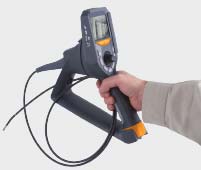
Remote visual inspection with a quality video borescope can save many hours that would otherwise be required to disassemble and inspect internal components of critical systems. The VJ-3 is well-suited for a wide range of commercial and industrial inspection scenarios.
Find out more about the numerous features offered on a VJ-3 articulating videoscope by visiting our products page. If you have a borescope repair service that must be completed, ViewTech can help.
Request a Free Demo Unit
Check the box in the form below and one of our representatives will arrange a free demo unit.
Call Us at 231-943-1171
– Or –
Fill out the form below and one of our representatives will contact you.




